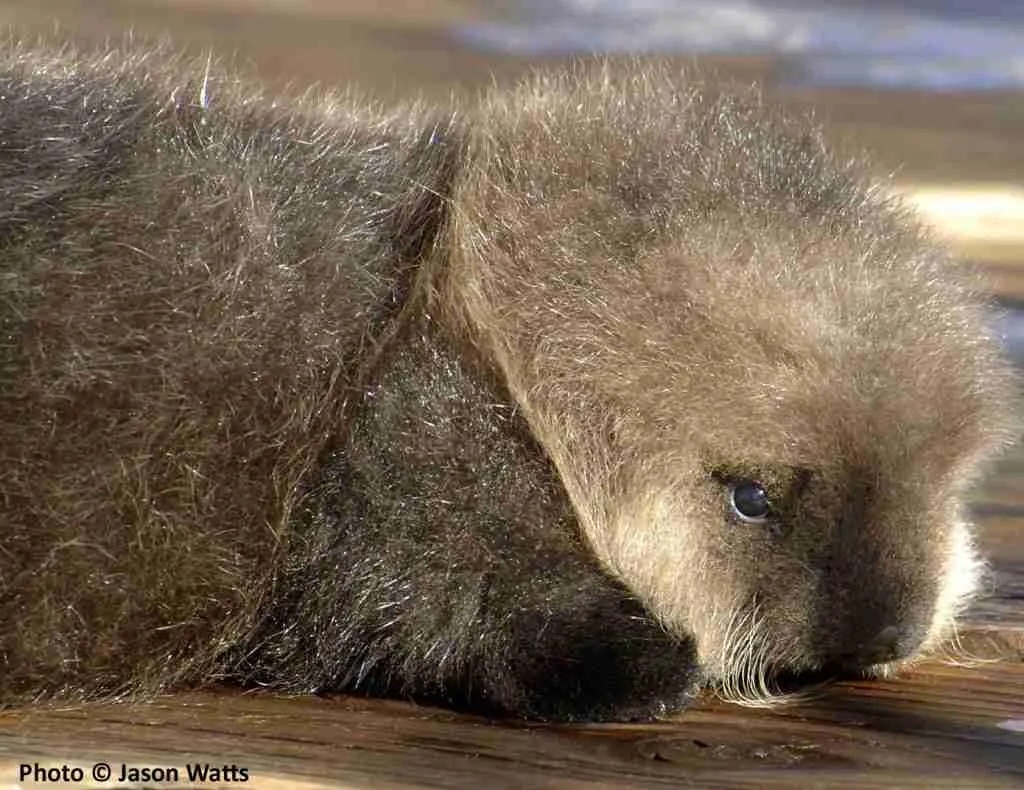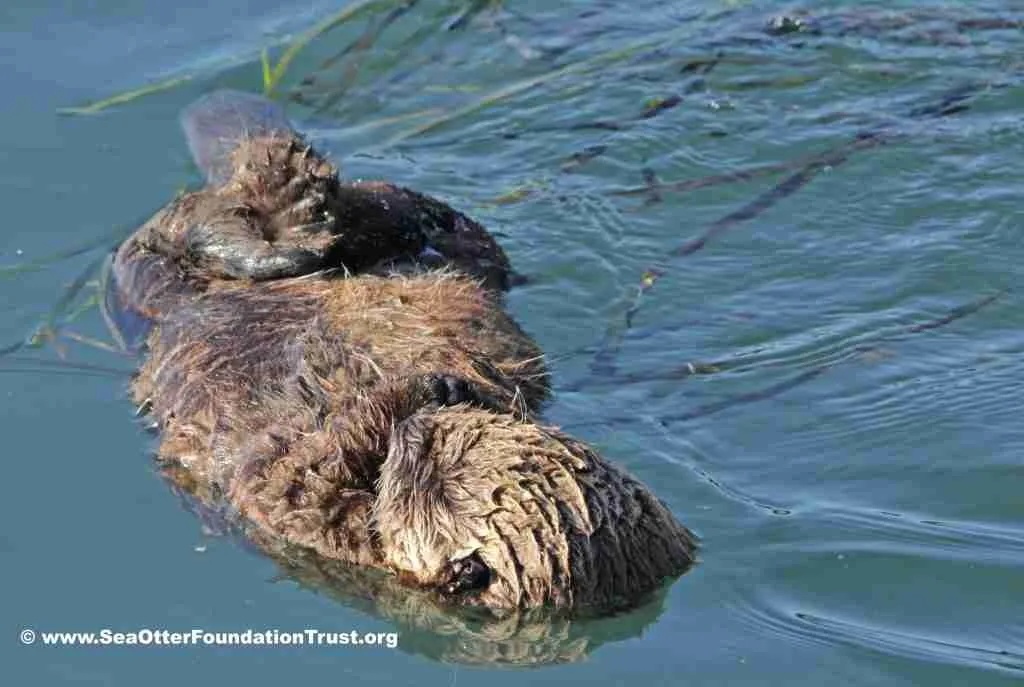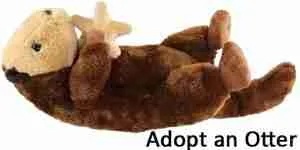A Day in the Life of a Baby Sea Otter

If you’ve ever seen a baby sea otter in real life or videos online, you know how enchanting these marine mammals can be. With their wide eyes and fluffy appearance, cute baby sea otters never fail to captivate onlookers with their undeniable charm.
However, these endearing creatures are facing serious challenges. From pollution and habitat loss to shifting ocean temperatures, many threats leave them vulnerable. Sea Otter Foundation and Trust (SOFT) is dedicated to highlighting issues such as population decline and habitat threats like microplastics. By raising awareness and supporting conservation programs, we can all play a part in securing a future for these beloved marine mammals.
In this article, we’ll answer some common questions about sea otters, explore their daily routines, examine the importance of maternal care, and offer tips for responsible observation in the wild.
What Are Baby Sea Otters Called?

People often ask, “What do you call a baby otter?” The answer is simple: they are called pups. These sea otter pups are typically born weighing around three to five pounds and measure about 22–24 inches. In contrast, adult sea otter size ranges between 3.3 to 4.9 feet in length, and they can weigh 50–100 pounds.
How do otters float without sinking? Sea otter babies are born with an exceptionally dense coat of fur. This fluffy coat traps air making it virtually impossible for them to dive, allowing the mothers to leave them bobbing on the surface while they forage for food. The pups lose their natal coat after eight to ten weeks and, at this point, begin learning to dive. For more insights into their traits and behaviors, check out Meet the Sea Otters: Species, Habitat, and Behaviors.
The Daily Routine of a Sea Otter Pup

The life of a sea otter pup is filled with playful, peaceful, and practical moments — here’s how each part of the day unfolds.
- Morning Activities: Early in the day, a sea otter pup can be found dozing atop its mother or entangled in the ribbons of kelp where the mom has secured it for safety. Like a human infant, a pup’s first demand is often breakfast. Mothers will nurse their pups, providing nutrient-rich milk that promotes rapid growth. The pup’s ultra-thick fur keeps it warm, even in the coldest Pacific waters.
- Midday Exploration: As lunchtime rolls around, the mother may leave her pup floating while she dives for sea urchins, clams, or crabs. This is where the fur’s buoyancy is most useful. If the pup is a bit older, it may start imitating its mother’s basic diving movements, gradually building stamina. This is also the time for playful bonding. The pair might roll around together, an important exercise that not only strengthens the pup’s muscles but also reinforces their emotional bond.
- Afternoon and Evening Routines: After an active morning, pups often take a midday nap while their mother continues to forage. The pup’s thick coat, still brimming with tiny air pockets, allows it to bob on the surface comfortably. By late afternoon or early evening, there’s more nursing, grooming, and practice dives. Over time, these behaviors help pups develop survival skills essential for adulthood, including the ability to crack open shells with rocks.
- Night and Resting: As darkness falls, pups typically settle in for more rest. They might snuggle close to their mothers or remain in a secure kelp bed. This nightly routine helps them conserve energy and stay safe from predators. These essential downtime hours give pups the chance to grow and recharge for the next day’s adventures.
Maternal Care

With Mother’s Day on the horizon, it’s worth celebrating the maternal bond between a sea otter and her baby. Mother sea otters typically give birth to only one offspring at a time, with the gestation period lasting about six months. When born, the pup depends on her for survival and will stay with her for six to eight months.
Caring for a pup requires significant energy. A mother sea otter’s responsibilities include grooming, sharing prey, producing milk, teaching, and bonding. During this period, pups learn essential life skills like diving, catching prey, and grooming themselves to maintain their fur’s buoyancy.
Growth is rapid. Within weeks, pups show curiosity about solid foods, and by the time they’re a few months old, they are attempting to retrieve smaller prey. These baby sea otter facts highlight the rapid development in their life cycle, which allows pups to fend for themselves faster.
Tips for Observing Sea Otters Responsibly

If you spot these adorable creatures in the wild, it can be tempting to want to approach and interact with them. However, it’s important to keep a respectful distance. Approaching an otter baby or its mother can cause undue stress. Instead, use binoculars or a telephoto camera lens to observe them from afar. This allows the pup to practice its daily routine without interference.
If you’re out on the water — kayaking or boating — steer clear of kelp beds where mothers typically rest with their pups. Never feed sea otters or attempt to interact with them, since human interference can disrupt their natural behaviors and alter their hunting patterns. It’s also important to dispose of trash properly and reduce plastic use, which helps to keep their habitat free of pollutants.
Lastly, if you spot an otter in distress, do not attempt a rescue yourself; contact local wildlife authorities or a marine mammal rescue organization. Additionally, a rehabilitation program might be able to help. By following these guidelines, you help ensure that sea otters remain healthy and undisturbed, preserving their role as a keystone species for generations.
Our Role in Protecting These Amazing Animals
From floating breakfasts to playful afternoon tumbles in the surf, the life of a sea otter pup is equally adorable and fascinating. These furry marine mammals remind us that thriving ecosystems depend on a delicate balance — one that sea otters help maintain by managing prey populations and promoting kelp growth.
Whether you are marveling at photos of a sea otter pup spinning in kelp or learning about their ecosystem benefits, remember that these vulnerable creatures count on us. By staying informed and getting involved, you can help ensure that sea otters pups remain a vital, awe-inspiring part of our coastal waters for years to come.
At SOFT, we work to ensure the survival and recovery of sea otters in their habitats by building funds to support research, conservation, and education. You can learn more about the all-important efforts of our grant recipients by watching our interviews with them. These efforts are funded directly by our supporters, so consider advancing our crucial work by adopting an otter or making a donation today!

